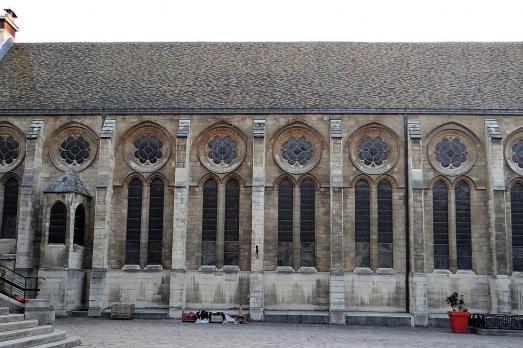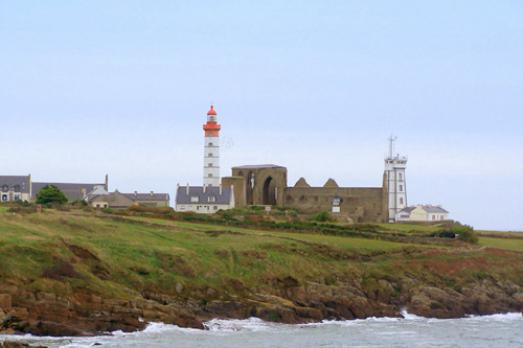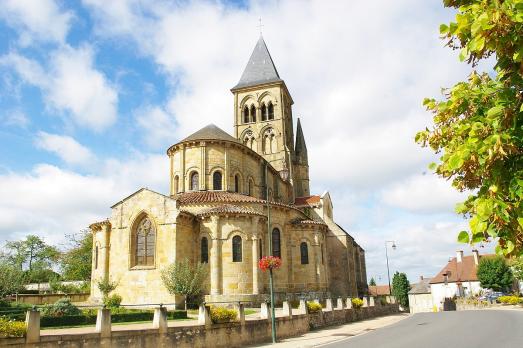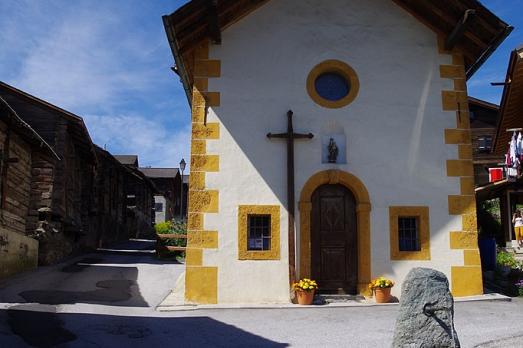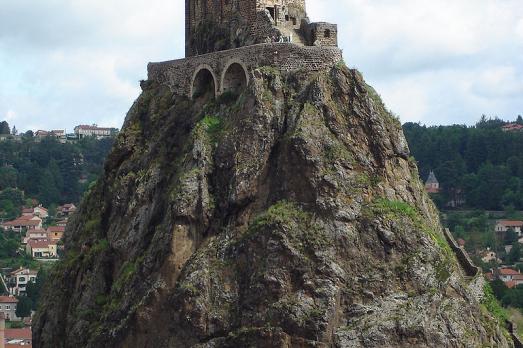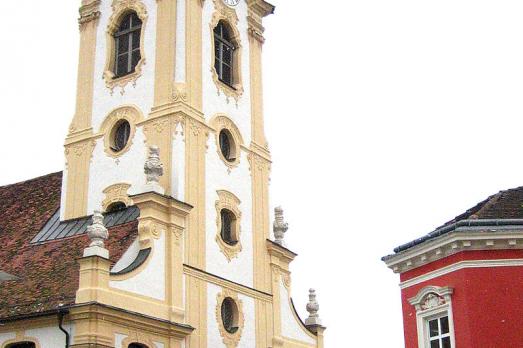
Saint-Martin
Fürstenfeld, AT
The church of Saint-Martin was founded in the 12th century in the Romanesque style. Partially destroyed by a fire in 1715, reconstruction in the second half of the 18th century gave it its present external appearance, based on the late Baroque colour scheme.
